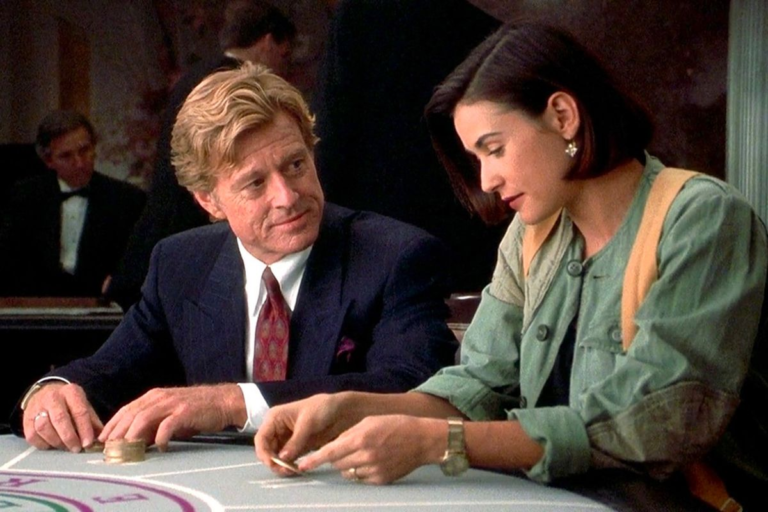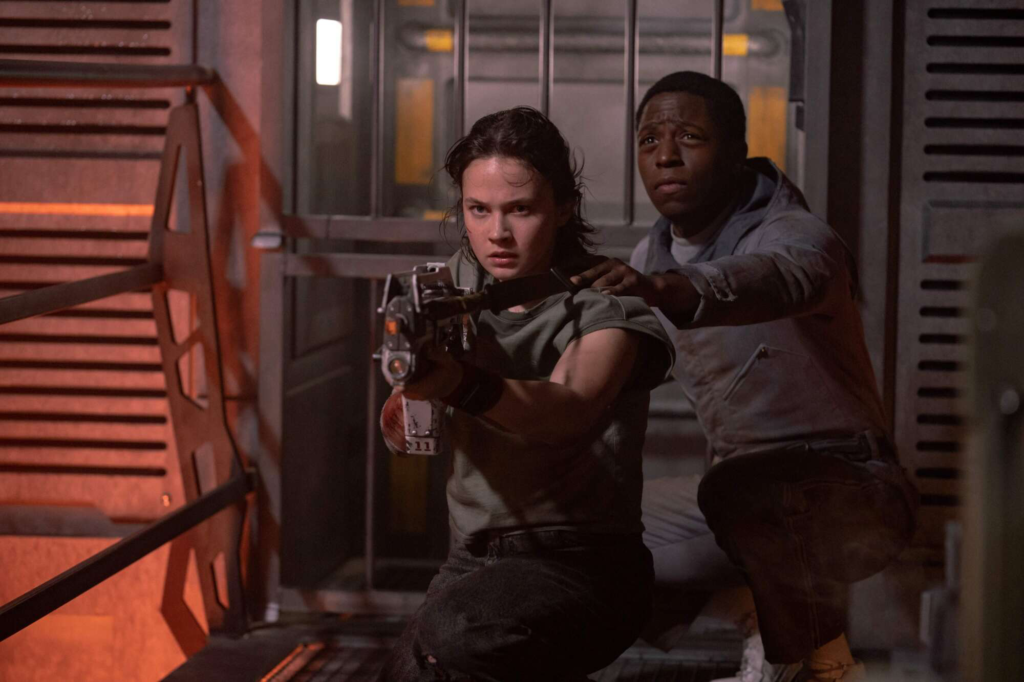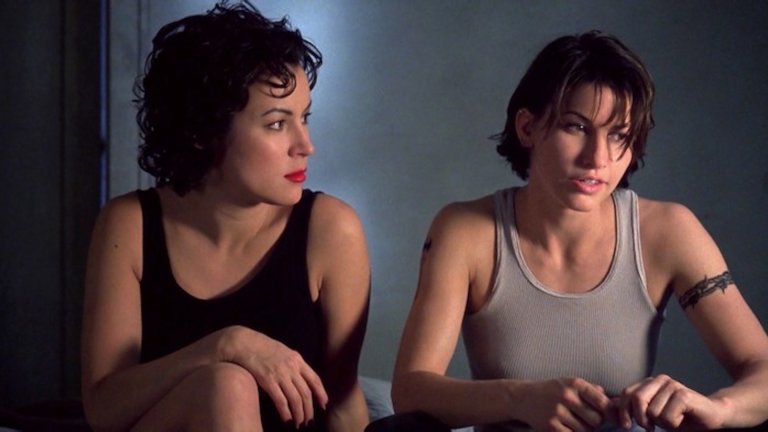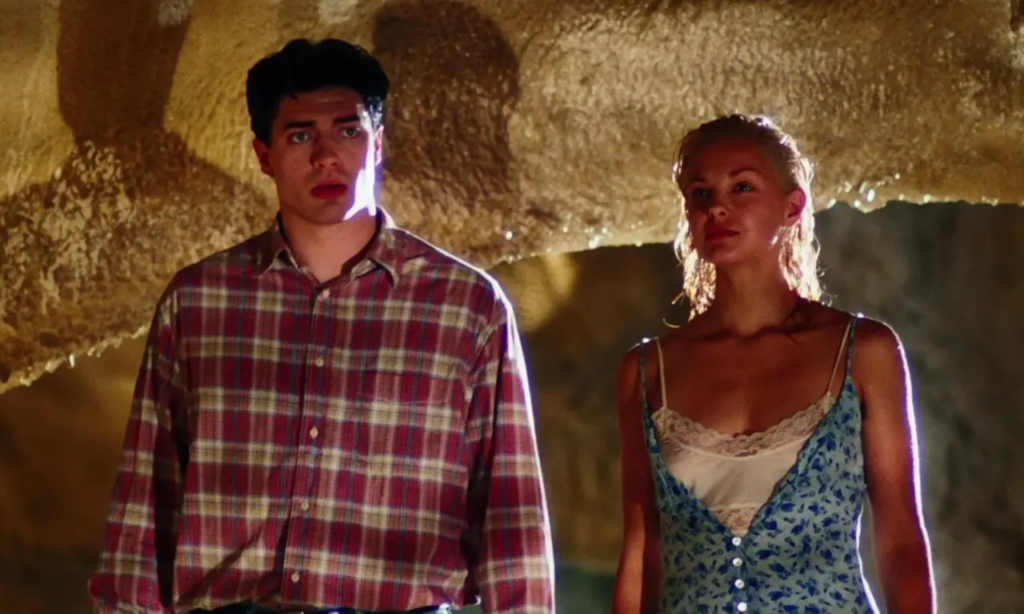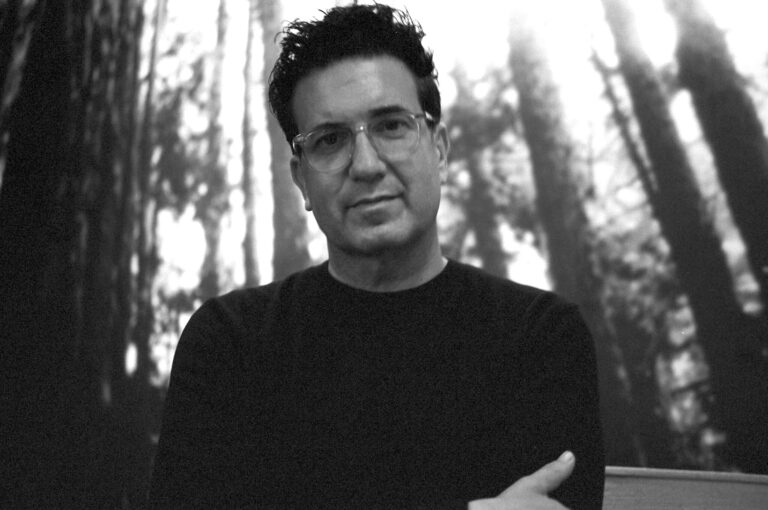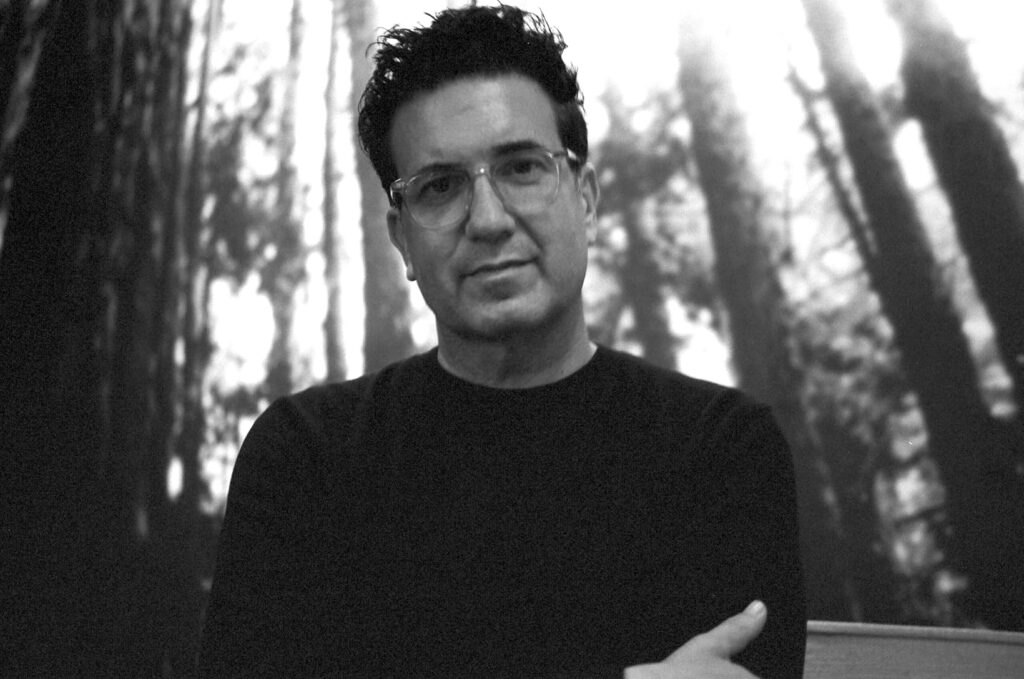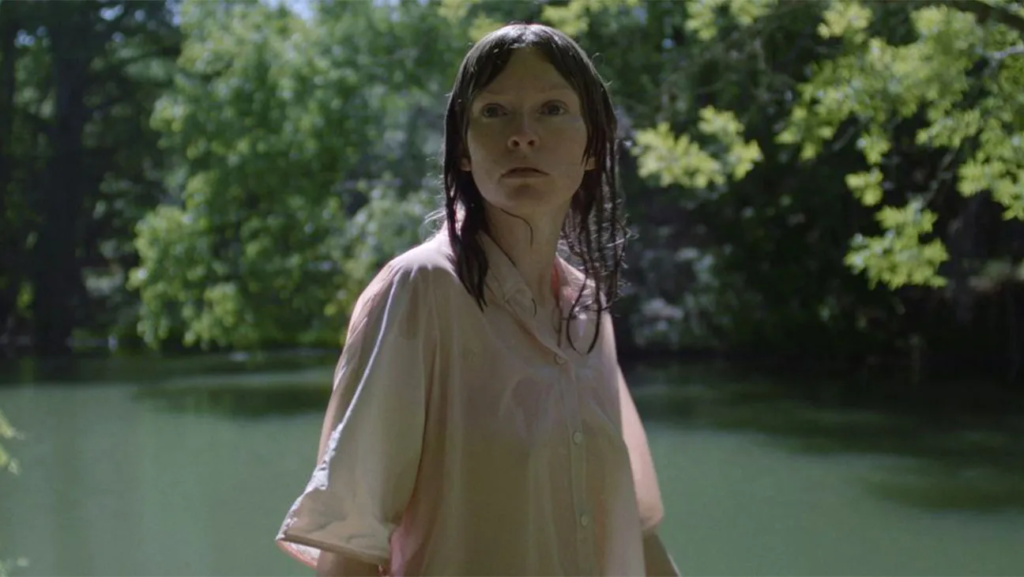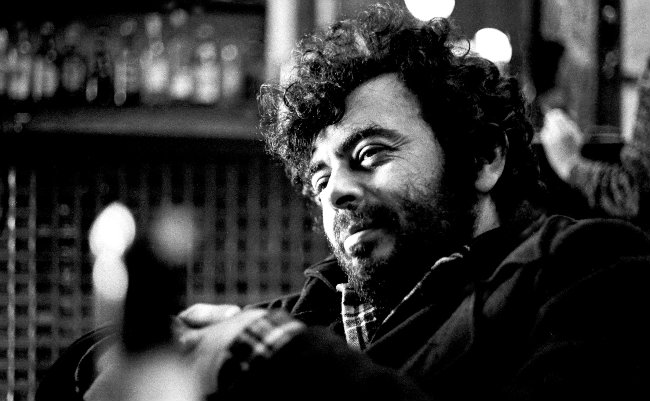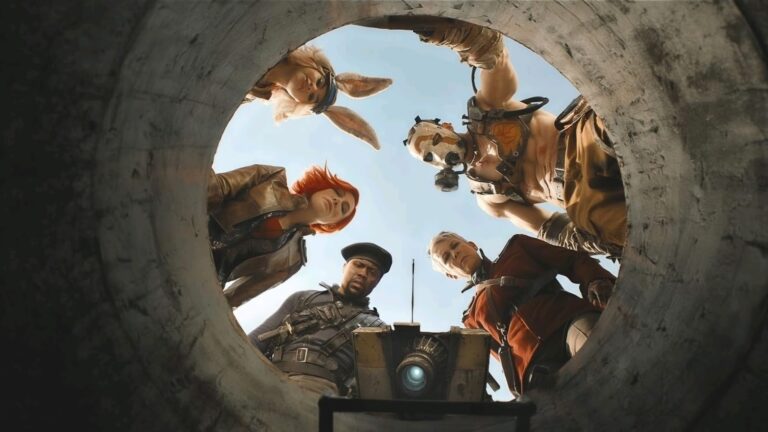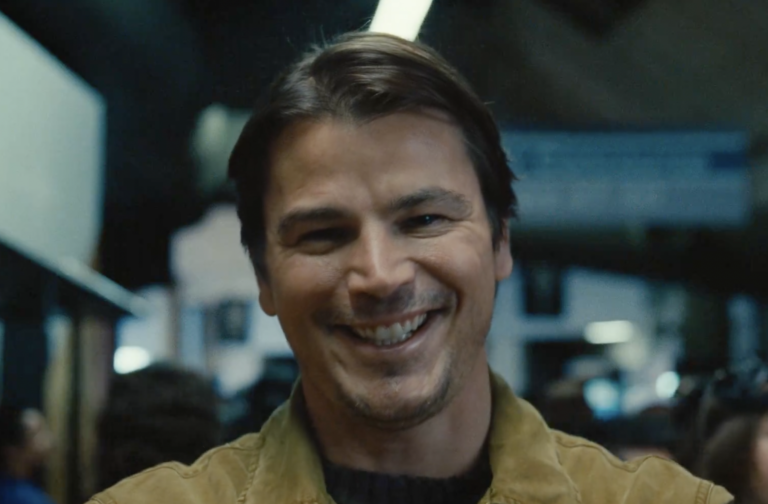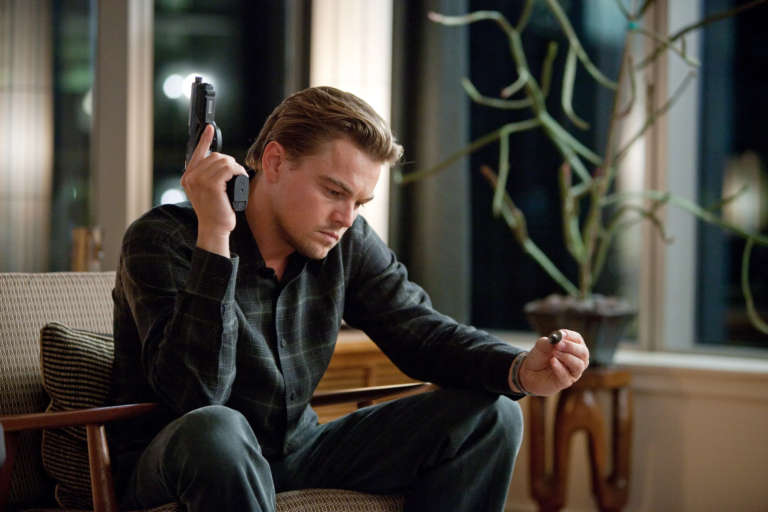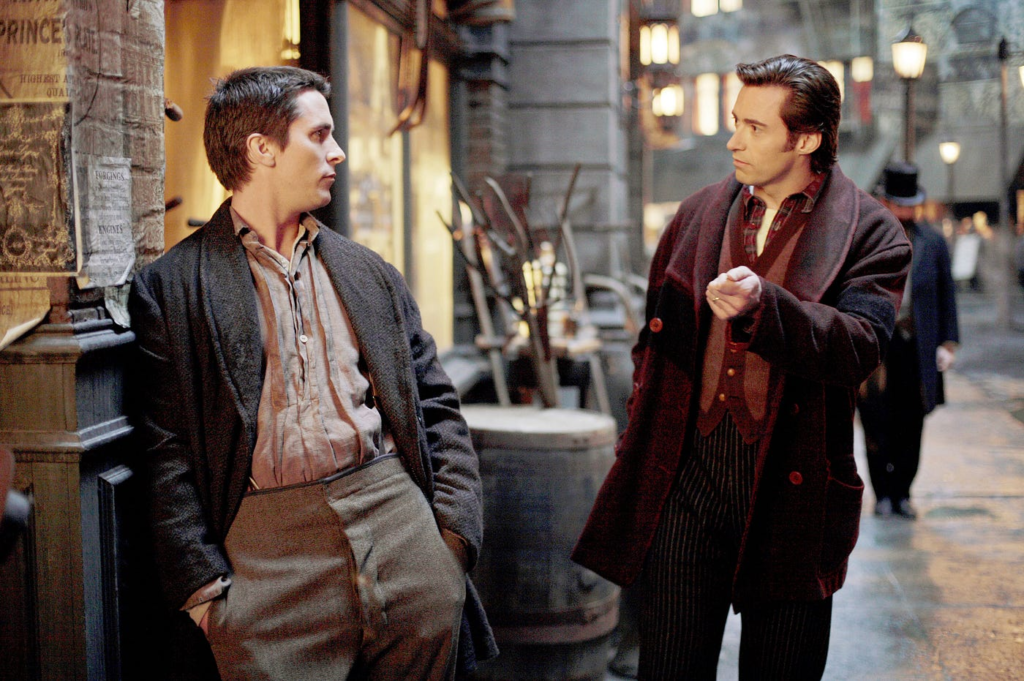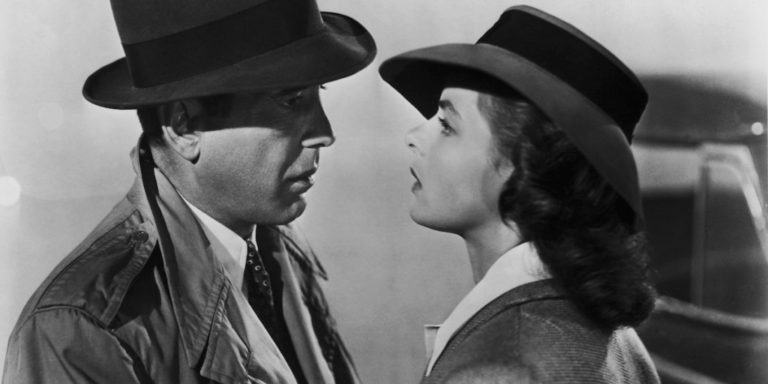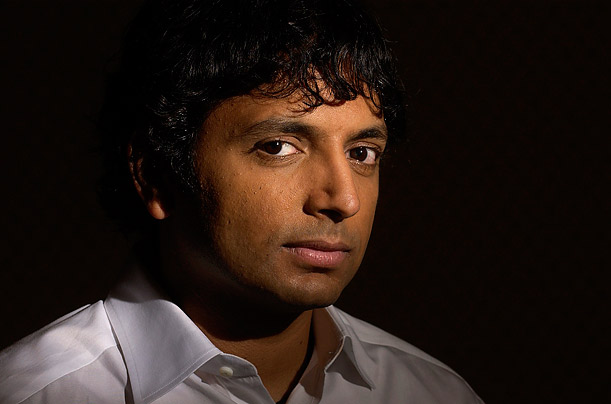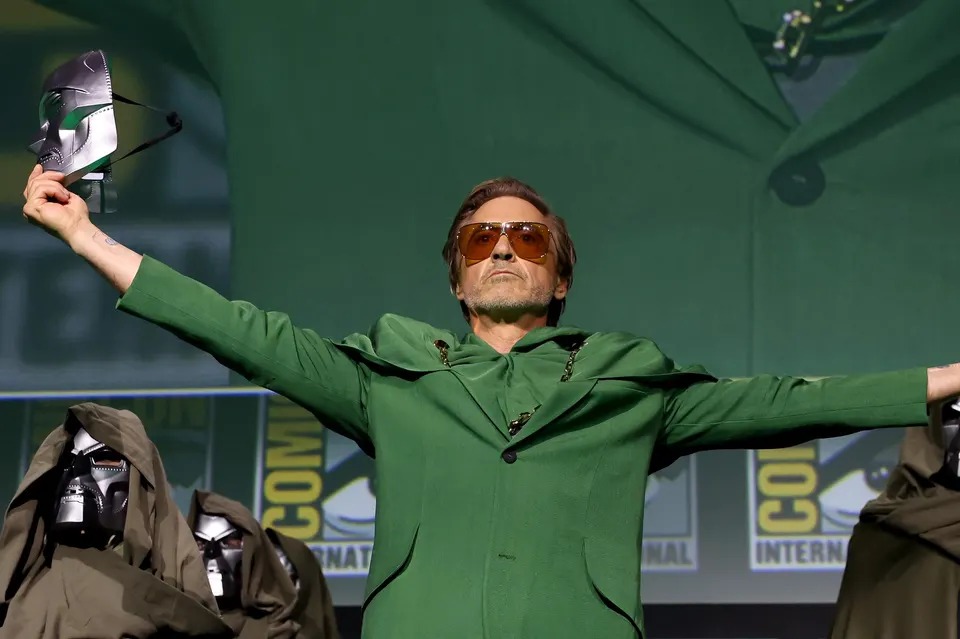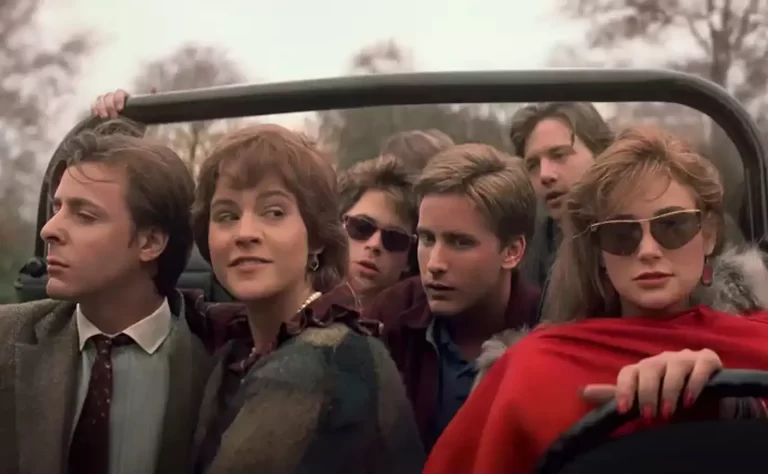You don’t hear Adrian Lyne’s name being mentioned when it comes time for AFI’s Lifetime Achievement Award. Or Honorary Oscars. Or in articles written by fans about how criminal it is that this person doesn’t have an Oscar. He is not mentioned alongside the likes of Spielberg, Scorsese, Altman, Coppola, and Jewison as directors of “that” generation. It’s possible that many people couldn’t tell you the name of one of his films based on his name alone. Yet- say the line “I won’t be IGNORED, Dan” or mention bunny rabbits, and people stop and shudder. Why? Because Fatal Attraction is part of our American iconography. And while critics and film historians may not have found his work groundbreaking, thought provoking, or intellectual; his films did indeed define the eras from which they came. They may not have broken new ground, but they entertained us, and made us sigh and swoon. Adrian Lyne is a wildly underrated film director.

The year is 1983. If you are a teen or a child in the US, you are most likely wearing a sweatshirt with the neck cut open so it falls flirtatiously off one shoulder. Why? Because you’ve seen Flashdance, Adrian Lyne’s classic about a female welder by day/ dancer by night. This movie had everything: a beautiful young new actress (Jennifer Beals) playing an underdog named Alex, great dancing, and a killer soundtrack. It’s so charming one forgets that she’s only 19 years old, and it’s creepy that her boss keeps following her around and hitting on her. And… is it possible to get accepted into a Ballet Conservatory if you’ve never taken actual ballet lessons? HAS she taken ballet lessons? Who cares! Alex is cool! She looks awesome, she lives in this huge warehouse, and dances to great music. Now- the dancing. No, it was not, in fact, done by Jennifer Beals. And, when you’ve watched this classic as much as I have, you can pick out at least 3 different performers (both male and female), doing that dance at the end. Again, let’s forget about that. Who among us still doesn’t gasp when Beals does her first dance, pulls that chain, and has water dump all over her body…TWICE. Incredible. In 1983, I was much too young to see this film in theaters, but we did own the record. Remember those? And I remember my sister and I dancing around to “Maniac” and, of course, the anthem of 1983, “Flashdance (What a Feeling)” by the Queen of 1980s films about performance, Irene Cara. The impact that song had on popular culture in the 1980s cannot be overstated. To look at some facts, this movie cost 7 million to make, and made 200 million dollars, according to Forbes magazine. I still get chills when I hear that opening song.

In 1987, America became a dangerous place for married men who wanted to cheat on their wives, and pet bunnies. I am talking, of course, about one of the greatest movies of the 1980s, Fatal Attraction. Dan (Michael Douglas) spends two hot nights cheating on his wife, Beth (Anne Archer) with a sexy woman he has just met, Alex (Glenn Close). While he thinks he has gotten away with a hot weekend while his wife is away, Alex shows him nothing is ever that simple. Mayhem ensues. This movie easily could have been a simple low budget revenge film. Lyne, however, elevates the material to make it an enduring classic. Glenn Close shed the “mother” image she created in The World According To Garp and The Big Chill to play the unhinged Alex.With her untamed blonde curls, and her husky voice, she toys with Dan over dinner while his wife is away. Douglas is a seemingly dutiful husband who seems to fall into bed with another woman. It has always been my feeling that this is not the first time Dan has cheated on Beth, as he lies about it too easily, and tries to move forward. This is not what occurs this time. What elevates this film is that Alex does not start as a monster. Honestly, I felt for her and understood her anger at Dan. What kind of a man cheats on his wife? Alex points out to him that he is not, in fact, thinking of HER, he is thinking of himself. That Dan is not an innocent victim adds a depth to what could have been a shallow film. While Archer and Close both received Oscar nominations, I’m still annoyed that Douglas wasn’t nominated for his masterful performance of a man who cannot shake a weekend fling, no matter how desperately he tries. Fatal Attraction is a masterful film.
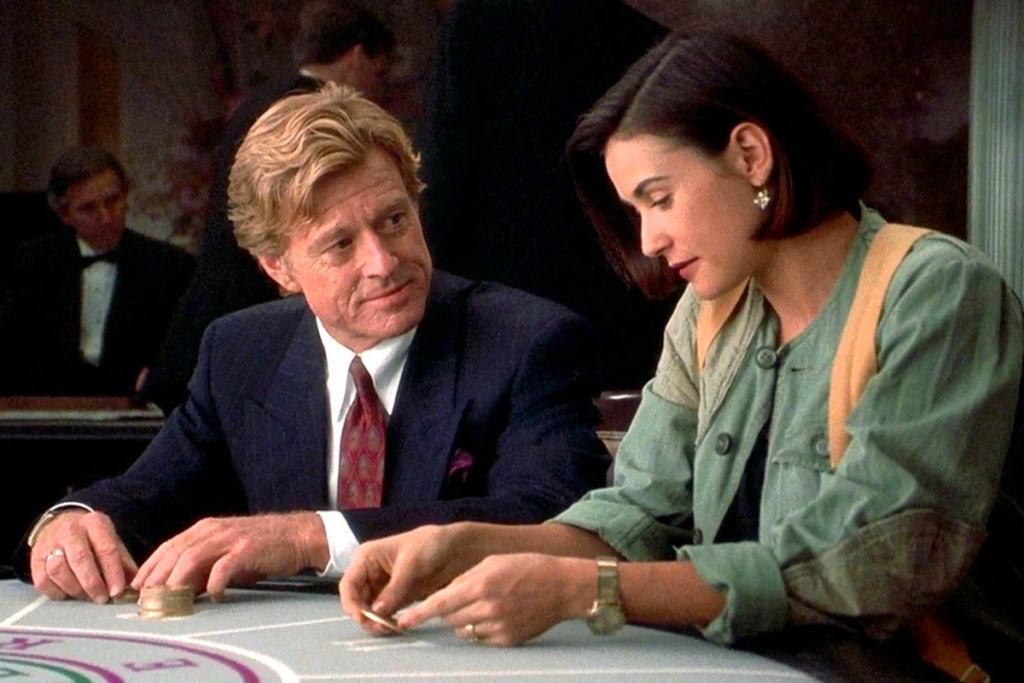
Lyne was still making a cultural impact in the 1990s. In 1993, Demi Moore received an Indecent Proposal from Robert Redford, and the entire country was talking. In this film, a downtrodden and very much in love couple, Woody Harrelson and Moore, go to Las Vegas to try to change their luck. While in a dress shop, she runs into a stranger who happens to be a billionaire. And ALSO happens to be Robert Redford. After Moore proves to be a good luck charm to Redford at a craps table, Redford invites the couple to a party. During this party, he proposes to Harrelson that he will give the couple 1 million dollars for a night with his wife. The concept seems silly. Yet, it works. Moore and Harrelson have real chemistry. We feel the passion in this young couple. Moore has never looked more stunning, especially in that iconic black gown. Redford is as charming as ever as the Knight in Shining Armor who wants to sweep Moore off her feet. Is the plot contrived? Sure! Did I get swept up in the magic? Absolutely. And I wasn’t the only one who felt this way. The film cost 38 million dollars to make, and made 260 million dollars world wide, making it the 6th highest grossing film of the year.
So where is the acclaim Adrian Lyne deserves? He gave us so many great, iconic films that were wildly entertaining. His films are not “guilty pleasure” films, they are excellent! He makes us explore our dark, naughty sides in ways so many other filmmakers do not. Like Alex from Fatal Attraction, his films shouldn’t be ignored.



